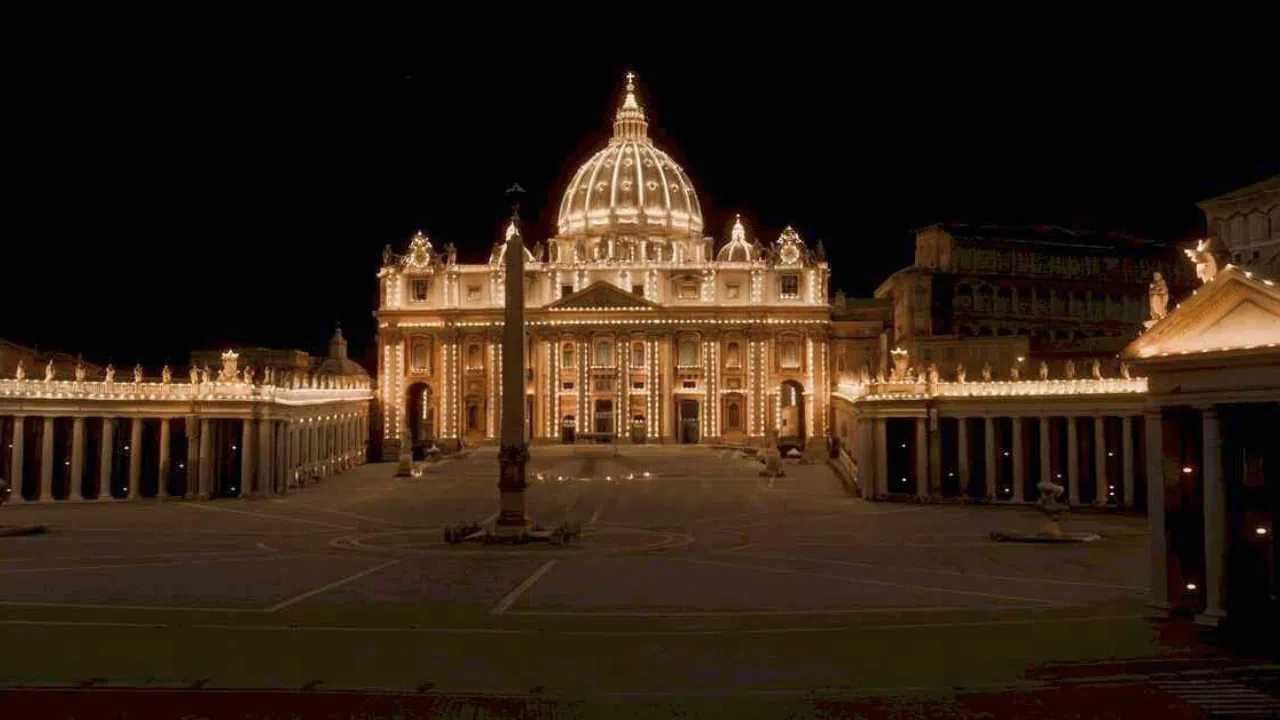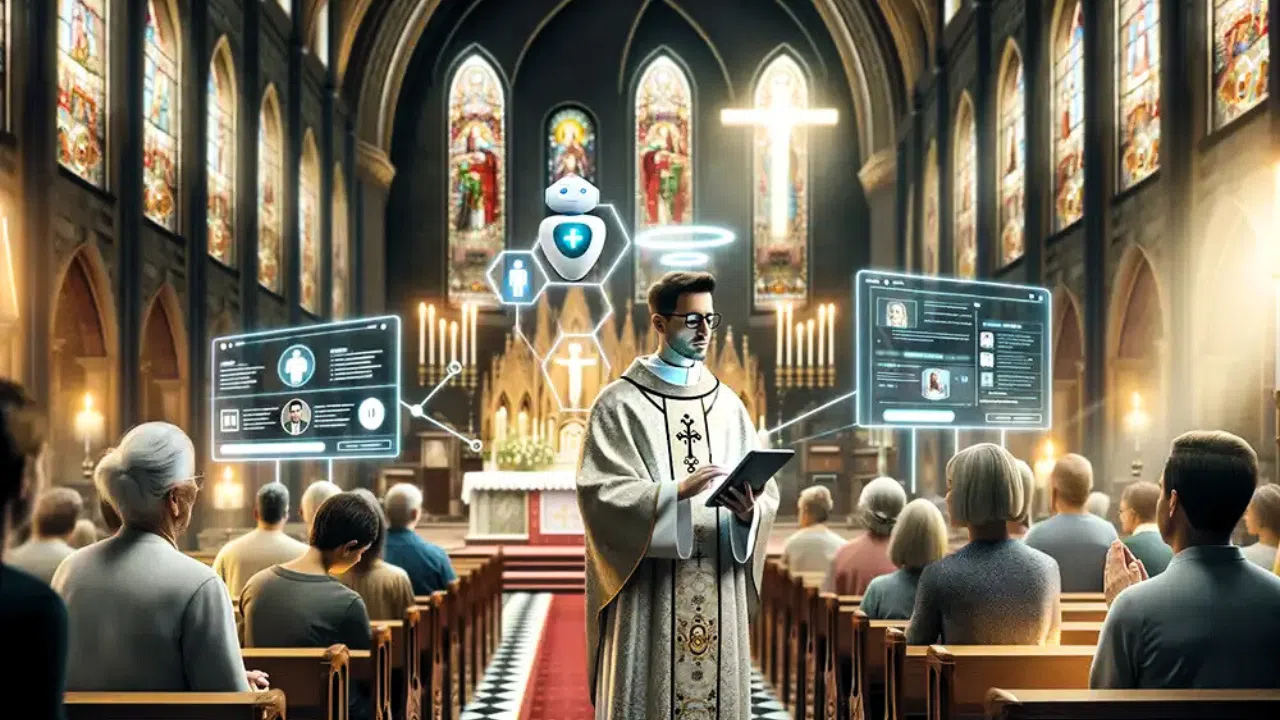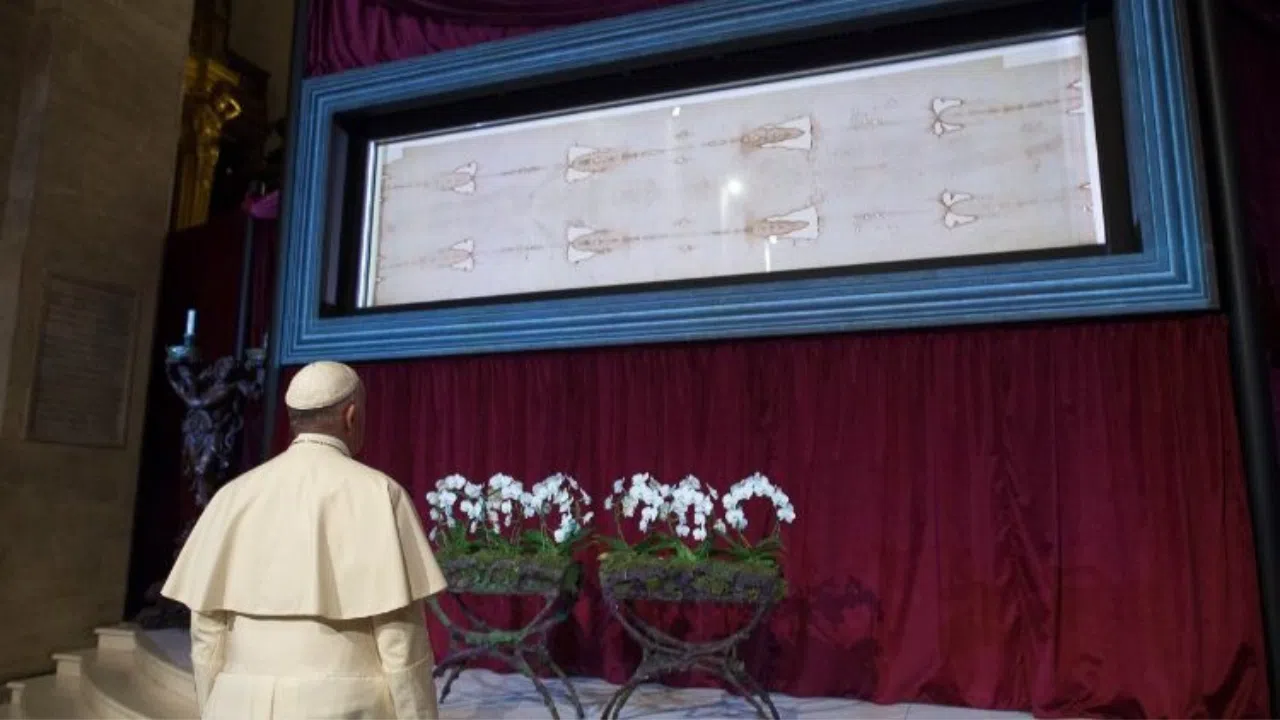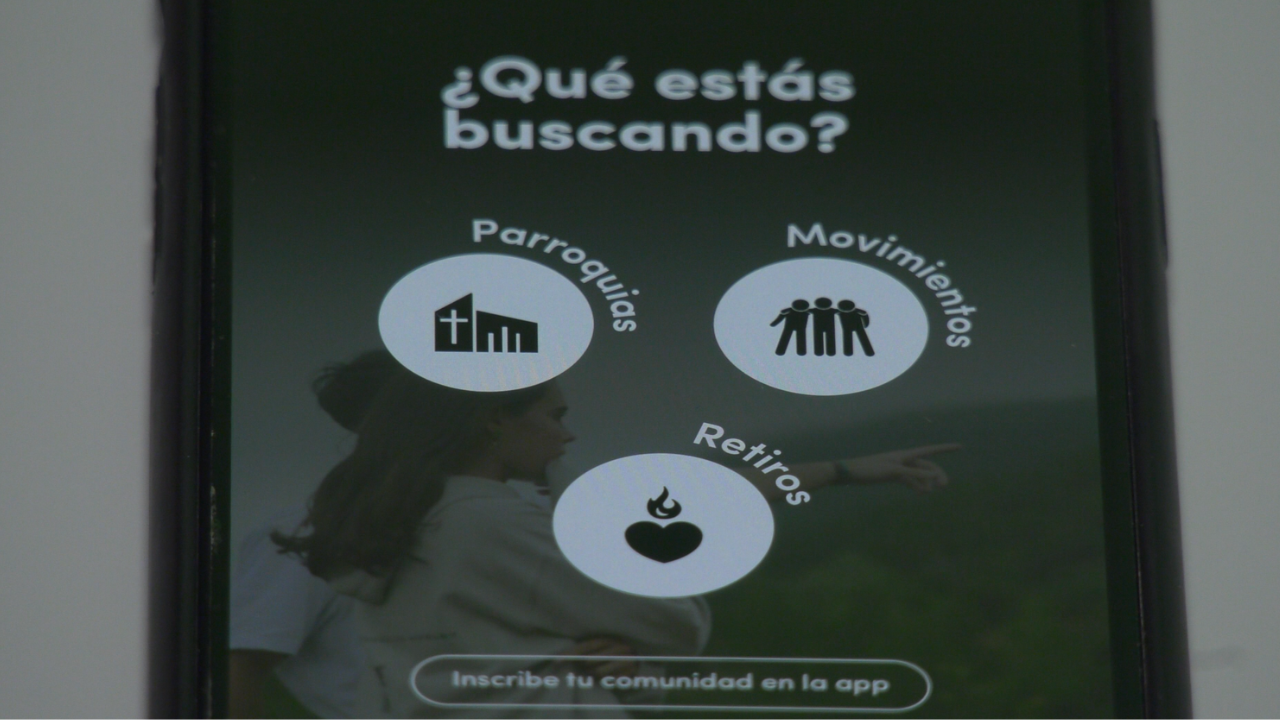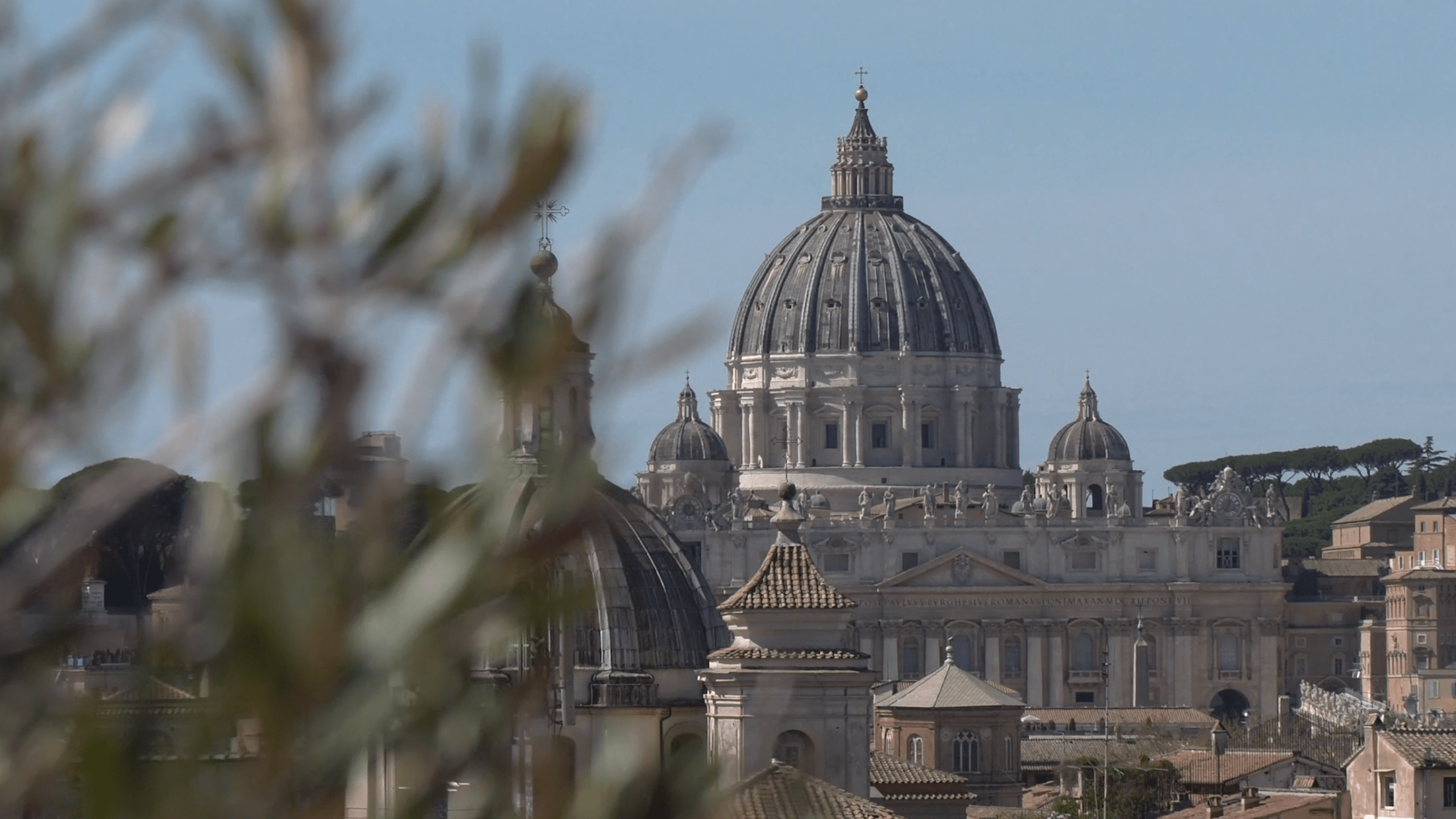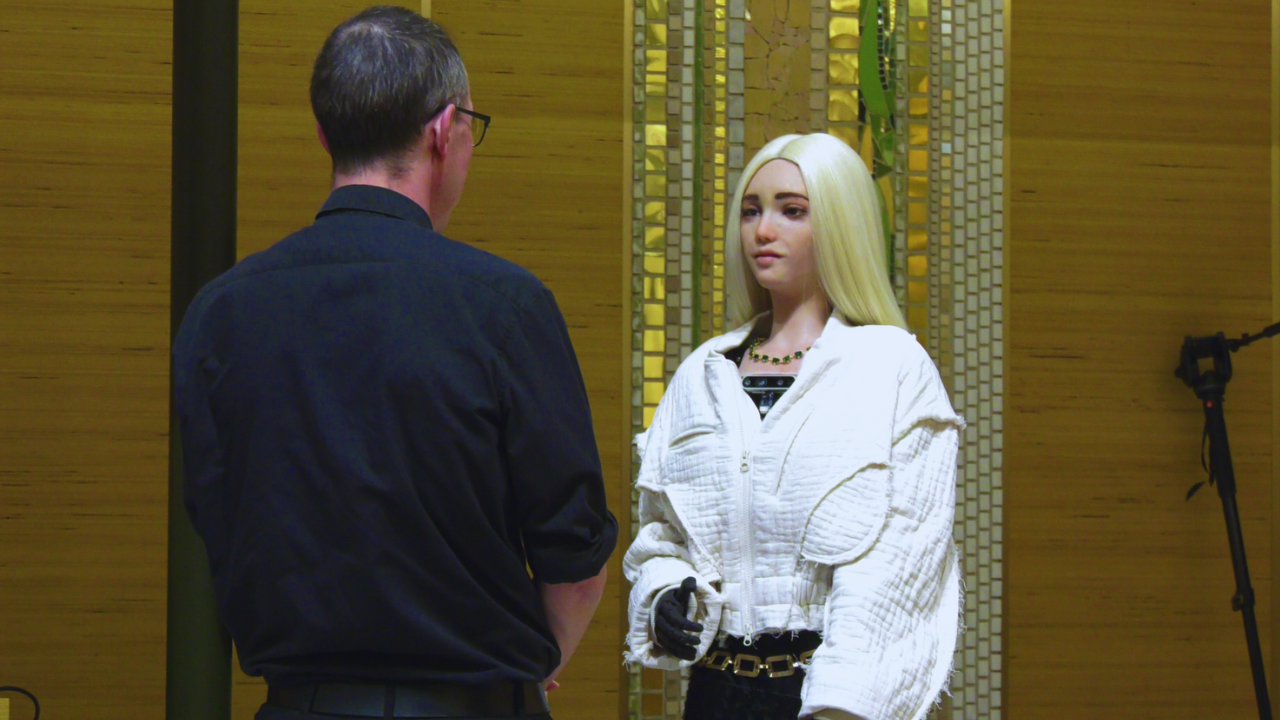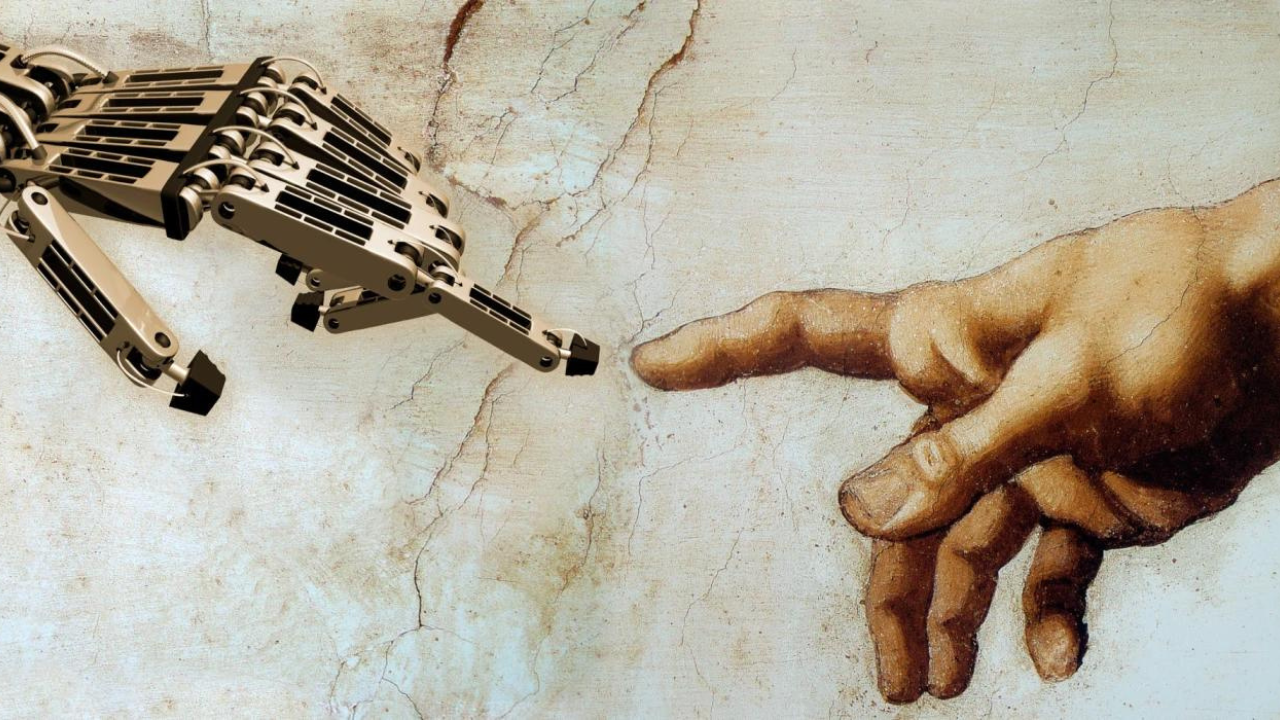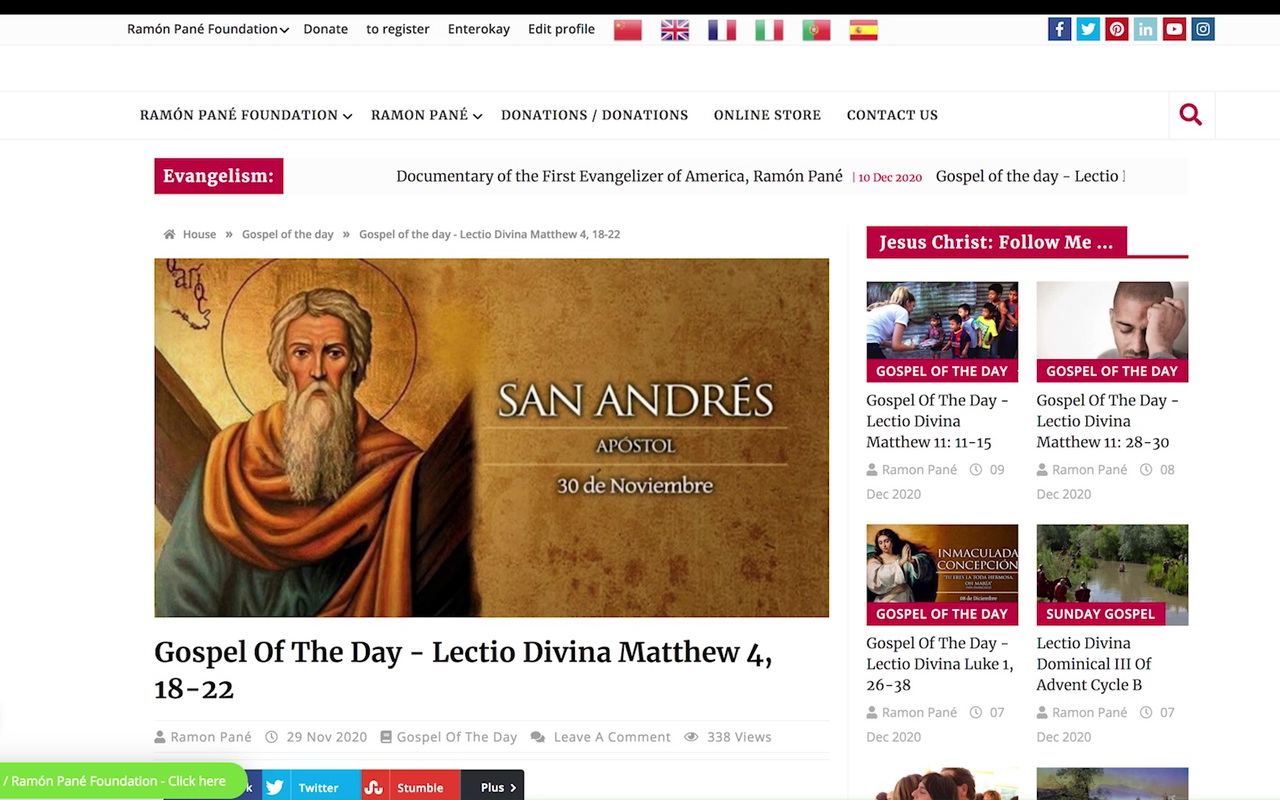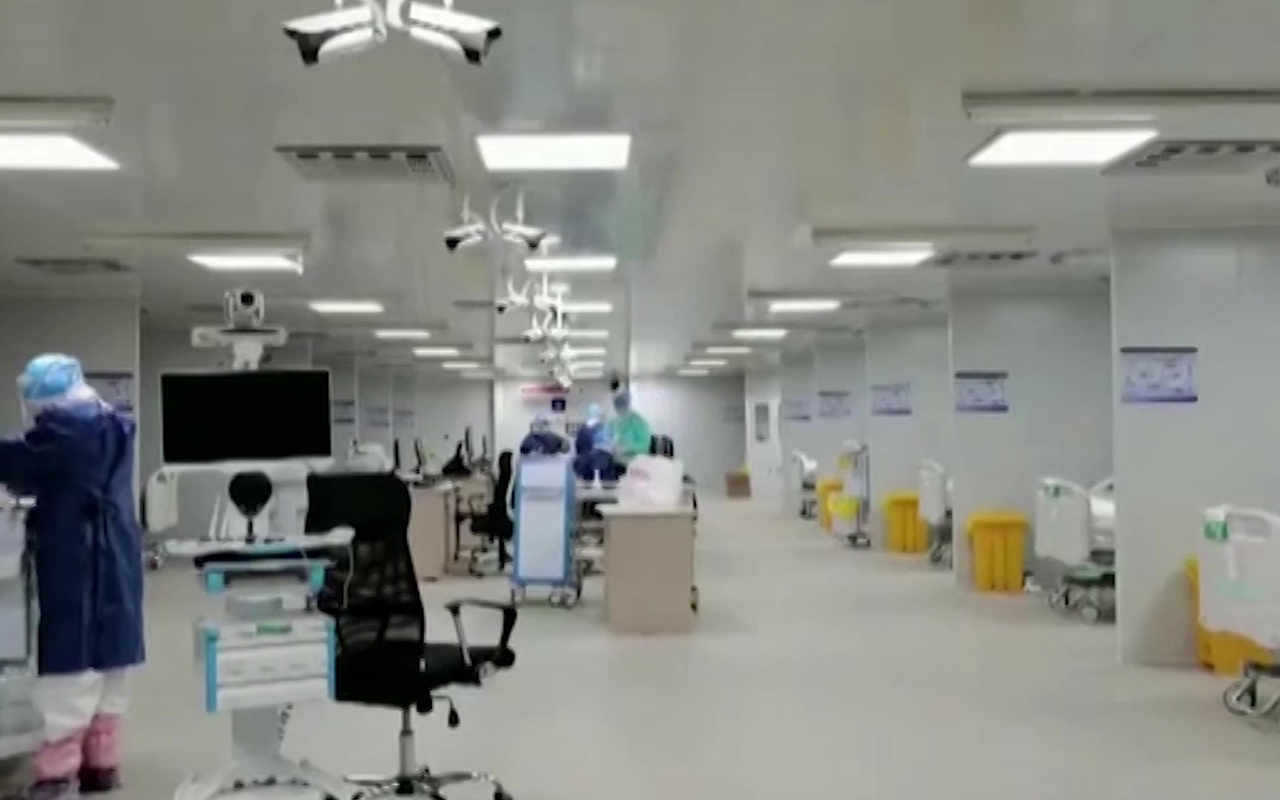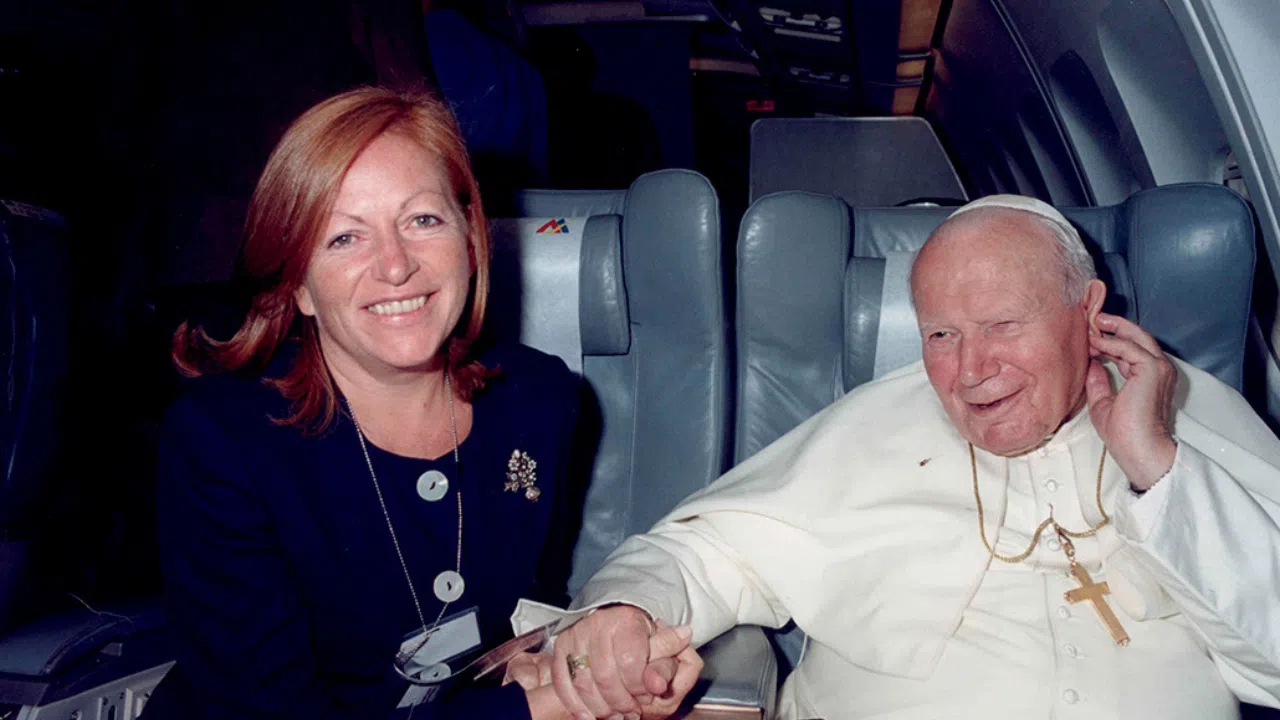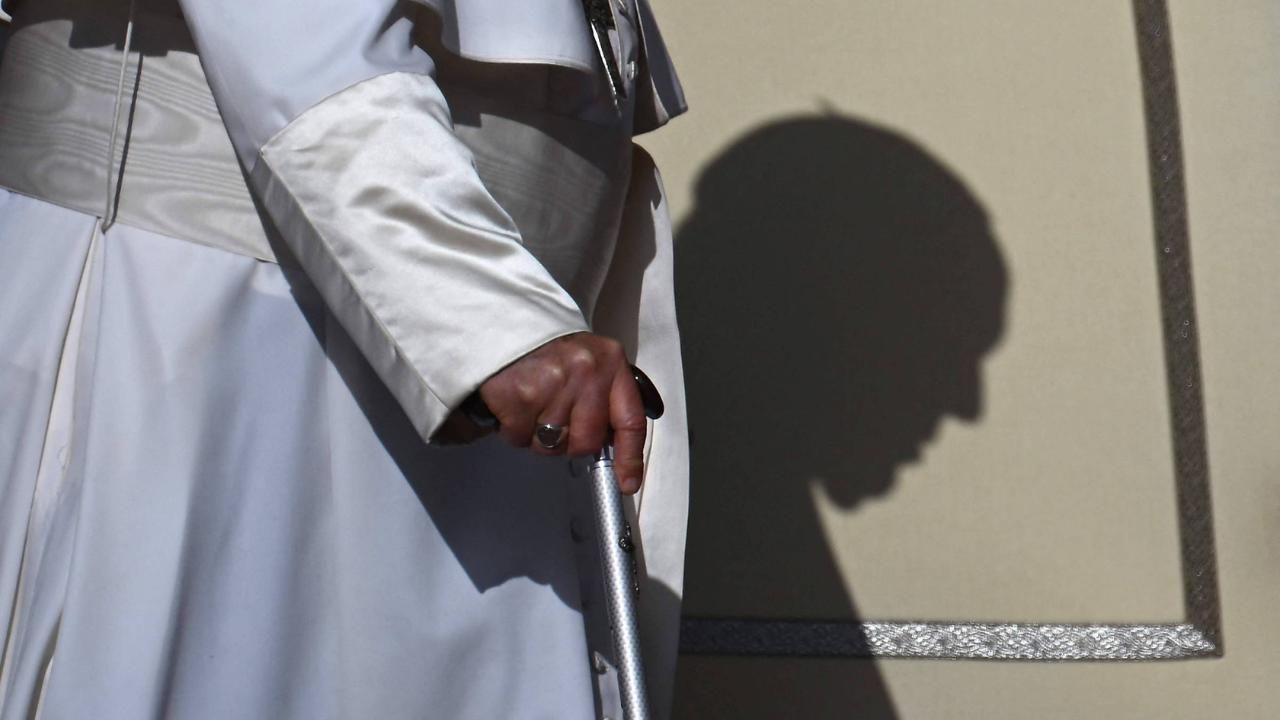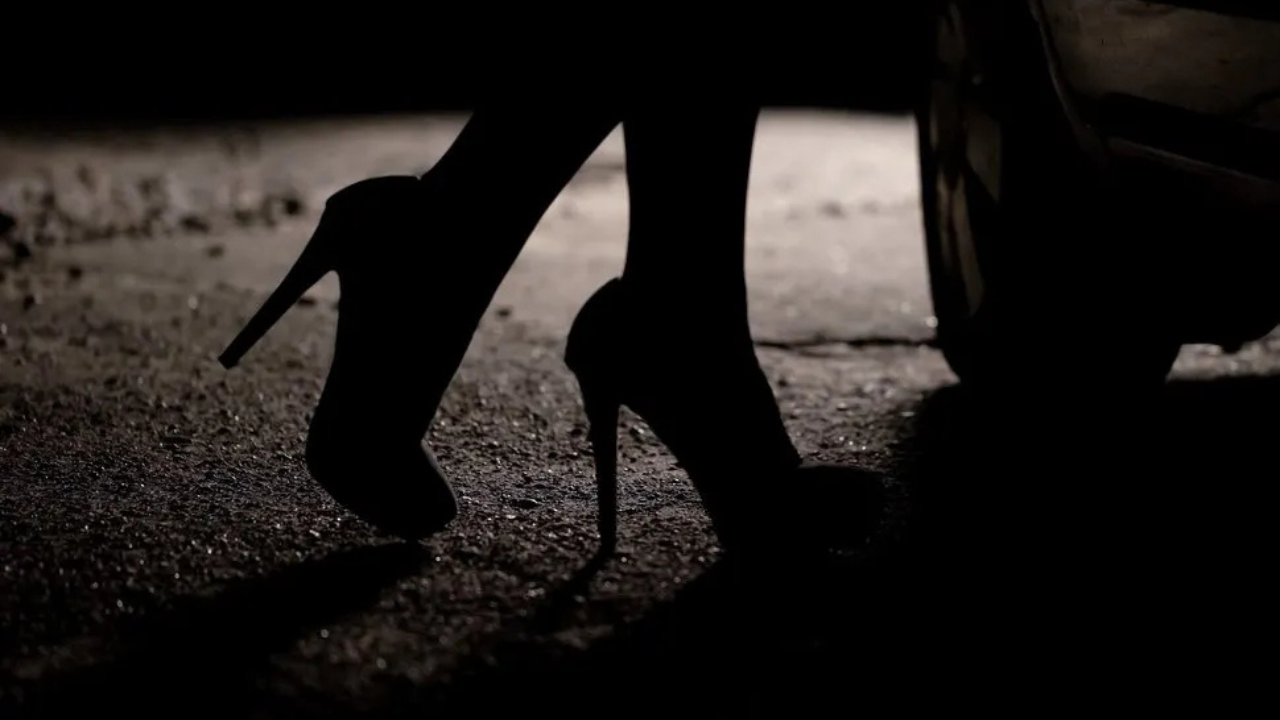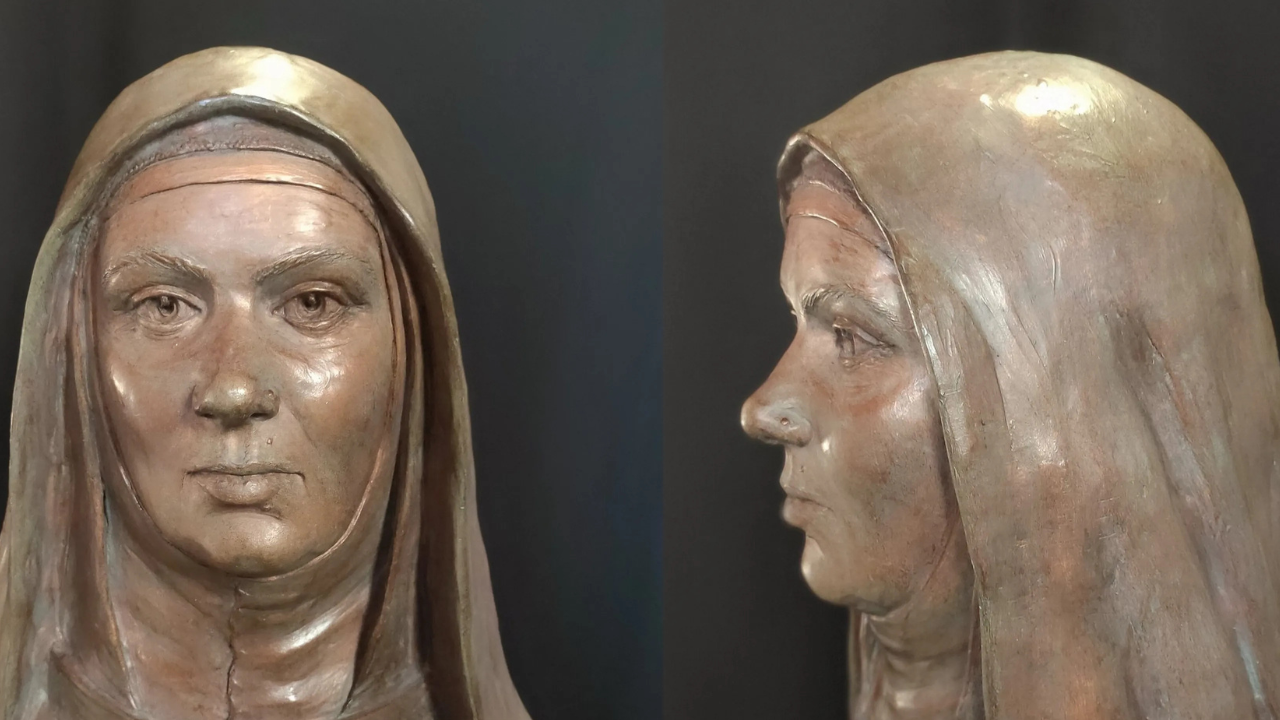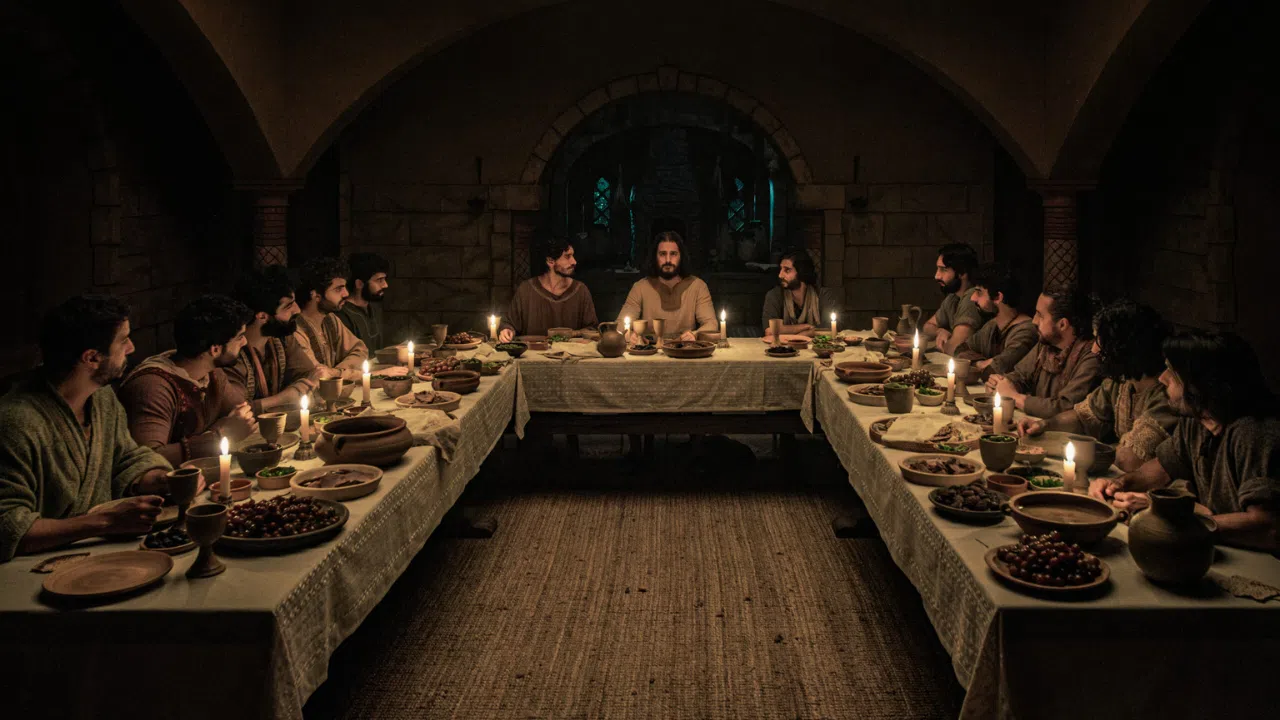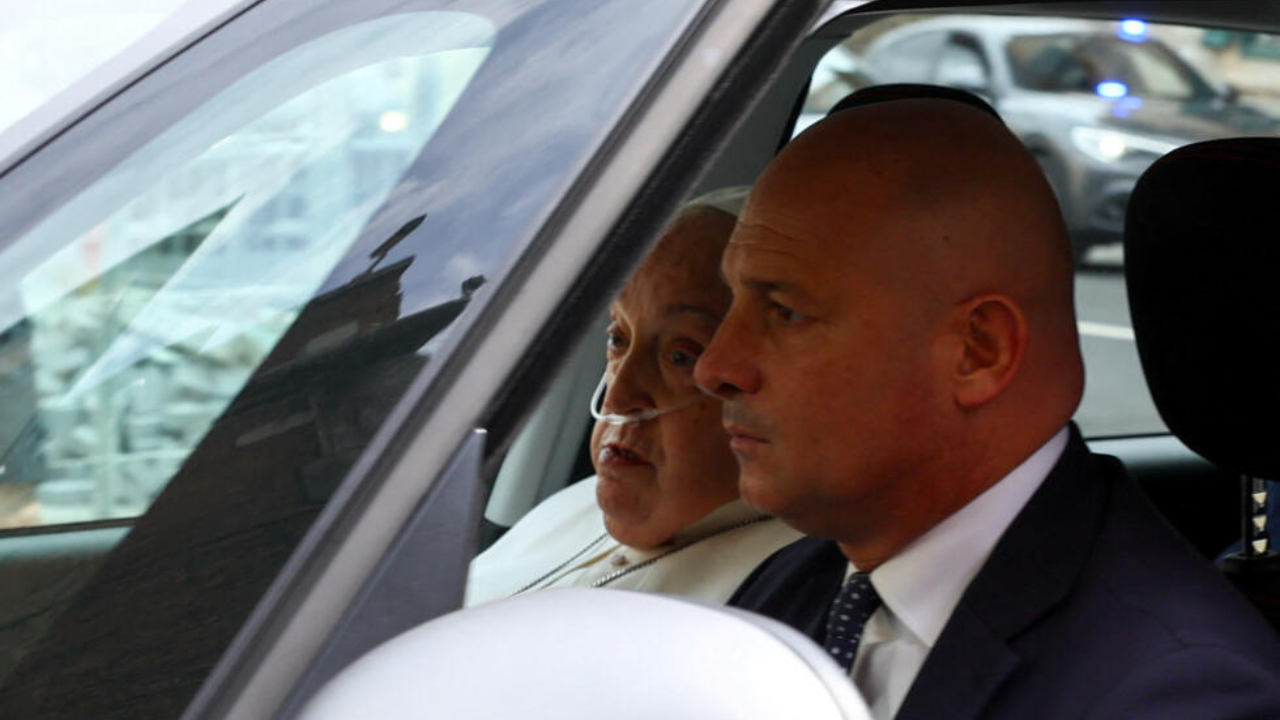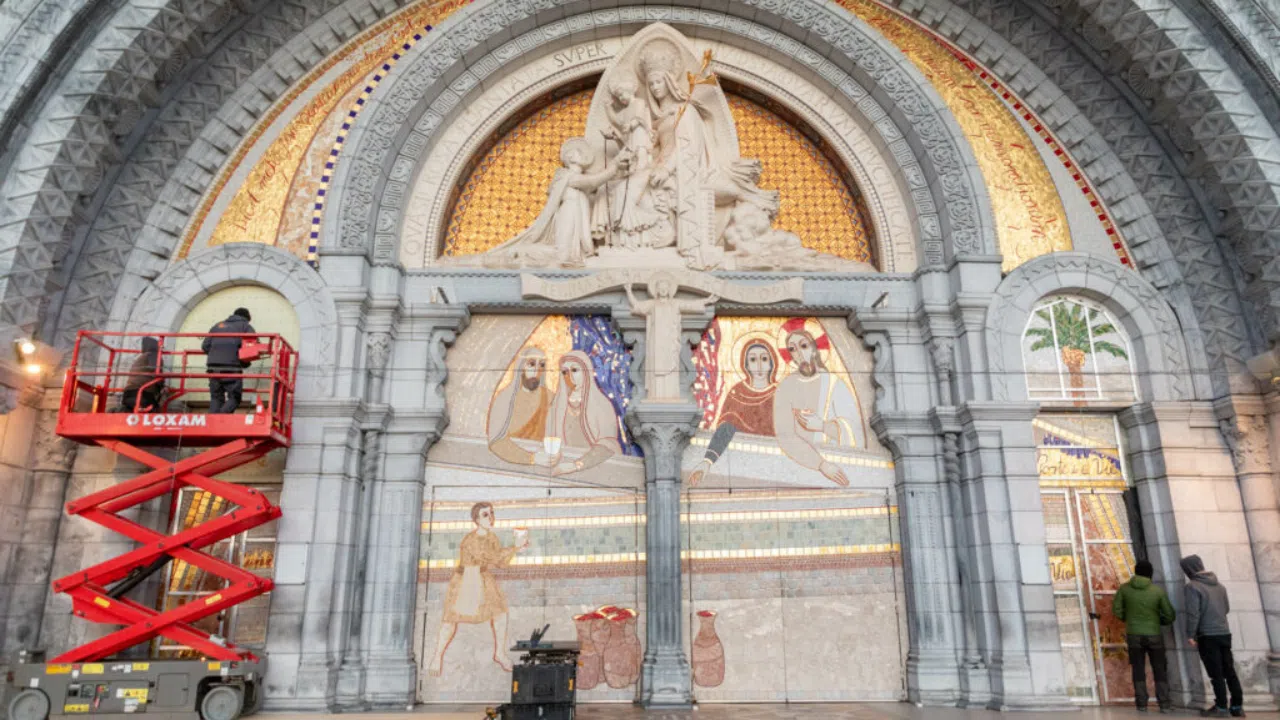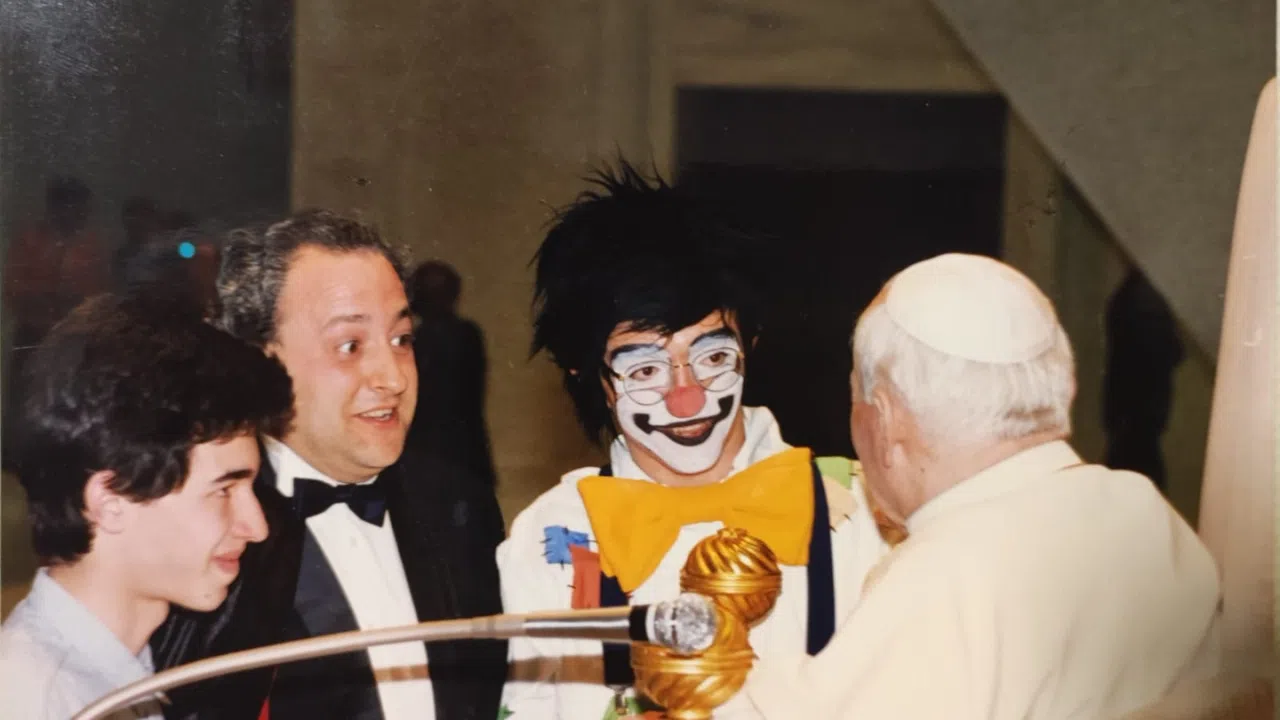At the beginning of the 20th century religious sisters Emilia Ponzoni, Regina Colombo, Concetta Finardi and Luigia Panceri took part in the world's largest astronomical project of the time: mapping the sky. Thus, it was necessary to photograph the sky with huge telescopes and classify all its stars. The four sisters cataloged more than 480,000.
FR. PAUL MUELLER
Astronomer
'The project started approximately in 1880 and lasted about 40 years. Eighteen national observatories divided the sky, then more observatories participated in the project. But the Vatican was in that first group and did its part.'
To understand why the Vatican decided to invest in astronomical research, experts Sabino Maffeo and Paul Mueller explain that it is necessary to go back to the end of the 19th century.
FR. SABINO MAFFEO
Astronomer
'The Vatican Observatory was inaugurated in 1891 by Pope Leo XIII. It was suggested by Fr. Francesco Denza, an astronomer. The aim was to show the world that the Church was not against science.”
FR. PAUL MUELLER
Astronomer
'There was another diplomatic, political motivation. The Vatican observatory was seen as a national observatory at a time when it was being questioned whether the Vatican should be a state.”
Today the Vatican has not lost it's interest in astronomy and science; the observatory remains fully operational. There is another observatory in Arizona, fully dedicated to research. The headquarters of Castelgandolfo, Italy is more oriented to the organization of congresses and the museum. The professionals working there continue to include innovative and surprising techniques, such as this Playstation remote control which precisely handles some commands for this telescope.
'It is used to manage micrometric commands.”
The Vatican's Observatory, commonly called 'Specola' keeps unique memories and stories such as that of the four sisters who studied the sky. They also preserve fragments of meteorites and memories of the popes that visited, such as Paul VI on the day man reached the moon. Those who work there continue to merge religion and science, as the astronomers are all priests.
